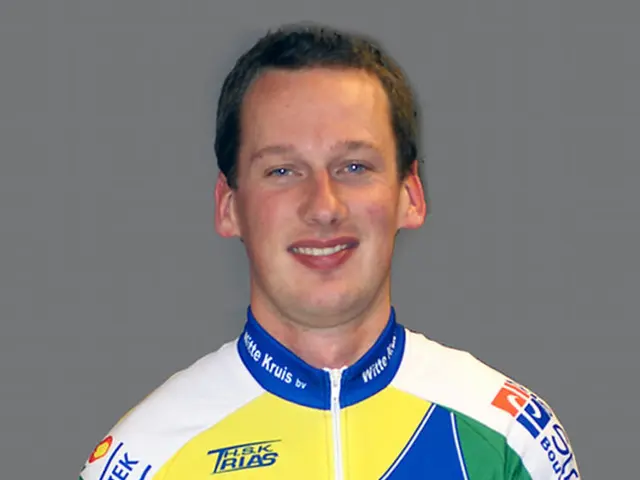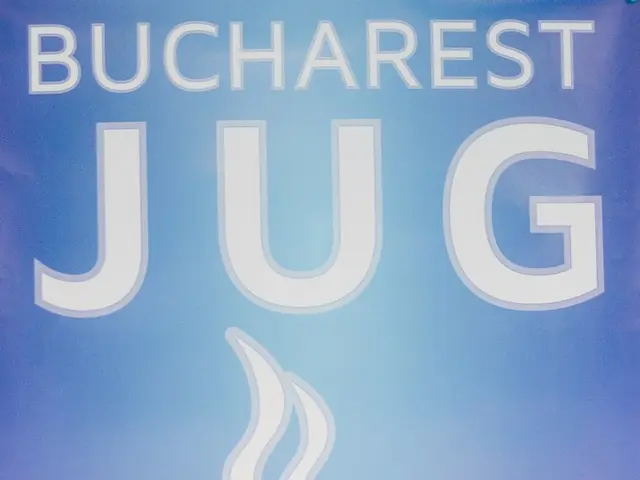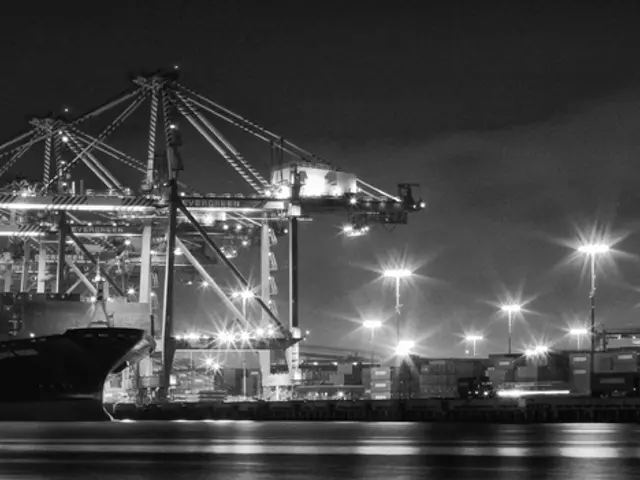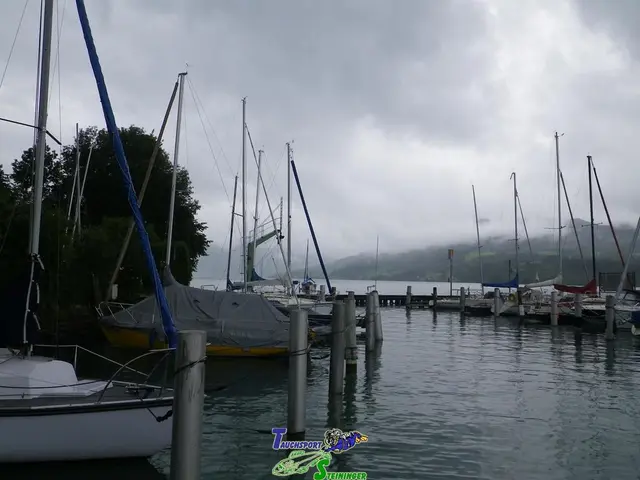Debut Event of SXSW London Experiences Initial Problems
In early 2025, creative mastermind Geoff Chang, over at eight&four, dropped a truth bomb: SXSW London needed to step up its game, given its US success.
Fast-forward to this year, and the verdict on the ground was mixed, with more bumps than expected, yet the promise of a brighter future.
The event kicked off with a bang, courtesy of a surprise appearance by ex-PMs Tony Blair and David Cameron, stirring up controversy among the arts community. A slew of artists, such as Sam Akpro, Rat Party, Saliah, Jasmine.4.T, and LVRA, axed their performances after a leak exposed the lineup. These musicians accused SXSW of "artwashing" and encouraged fellow culture enthusiasts to skip the event.
It wasn't just artists who voiced their disappointment with the organizers; some prominent attendees, who had shelled out a hefty £1,300 for a Platinum Pass, expressed their discontent with the lengthy queues and subpar SXSW London app.
Lucy McKillop, Carat's global brand director, had some tough words for the organizers, underscoring the need for better organization and management of in-demand sessions. During the event, attendees were forced to evacuate the room, re-queue for security, and then join another line to re-enter—taking up valuable time.
Sue Daun, executive creative director at Interbrand, echoed these concerns, mentioning that tight turnaround times often meant attendees missed the beginning of talks, leaving high-profile speakers walking into half-empty rooms. She also pointed out that organizers missed a golden opportunity to entertain queuing audiences by not live-streaming sessions in many courtyards.
Queues weren't the only pain point; attendees were also left scratching their heads over the bewildering app. Ben Logan, former managing director of Spotless agency, even took to LinkedIn to air his grievances, claiming that the app "wasn't really tested that much with real people." Daun agreed, expressing that the app, for a tech-focused event, was "surprisingly underwhelming." She added that a visual planner, accounting for timing overlaps and walking distances, would have been a game-changer.
Amidst these complaints, attendees universally felt overwhelmed by the sheer number of sessions. Considering the event's size, the number of vendors seemed relatively low, particularly when it came to the marketing industry.
Jane McNeill, COO at IAB UK, shared these sentiments, describing the event as "overwhelming." McNeill also highlighted the unexpected lack of focus on digital advertising. Contrasting views came from Lucy McKillop, however, who believed that the best digital sessions didn't necessarily have it listed in the title.
Despite these concerns, most attendees remained optimistic about SXSW's future in London. McKillop expressed that the festival encapsulated humanity in its chaotic beauty—a blend of tech, music, wellness, and culture—and could improve with maturity. Daun shared similar sentiments, suggesting that it could become a fixture on the UK events scene with minor operational tweaks, stating that the potential was indeed "huge."
In conclusion, it seems that effective crowd management, a more efficient app, and an engaging atmosphere for attendees would go a long way in ensuring SXSW London's success.
- The arts community criticized SXSW London for "artwashing," citing a leak of the event's lineup as the reason for several musicians canceling their performances.
- Lucy McKillop, Carat's global brand director, stressed the need for better management and organization of in-demand sessions, as attendees were forced to leave rooms and re-queue due to long wait times.
- Sue Daun, executive creative director at Interbrand, expressed disappointment with the technology used, specifically the SXSW London app, stating that a visual planner accounting for timing overlaps and walking distances would have been a significant improvement for the event's attendees.








